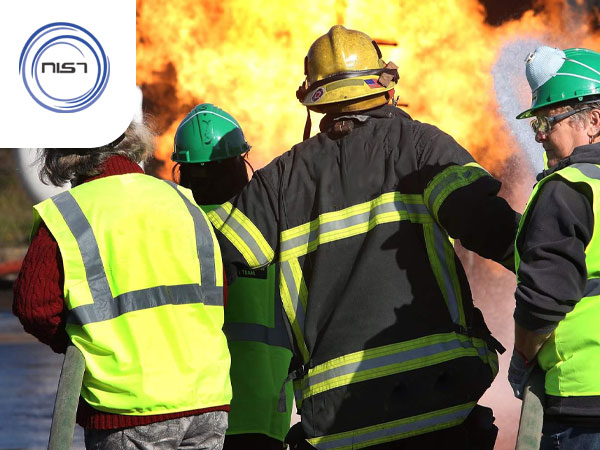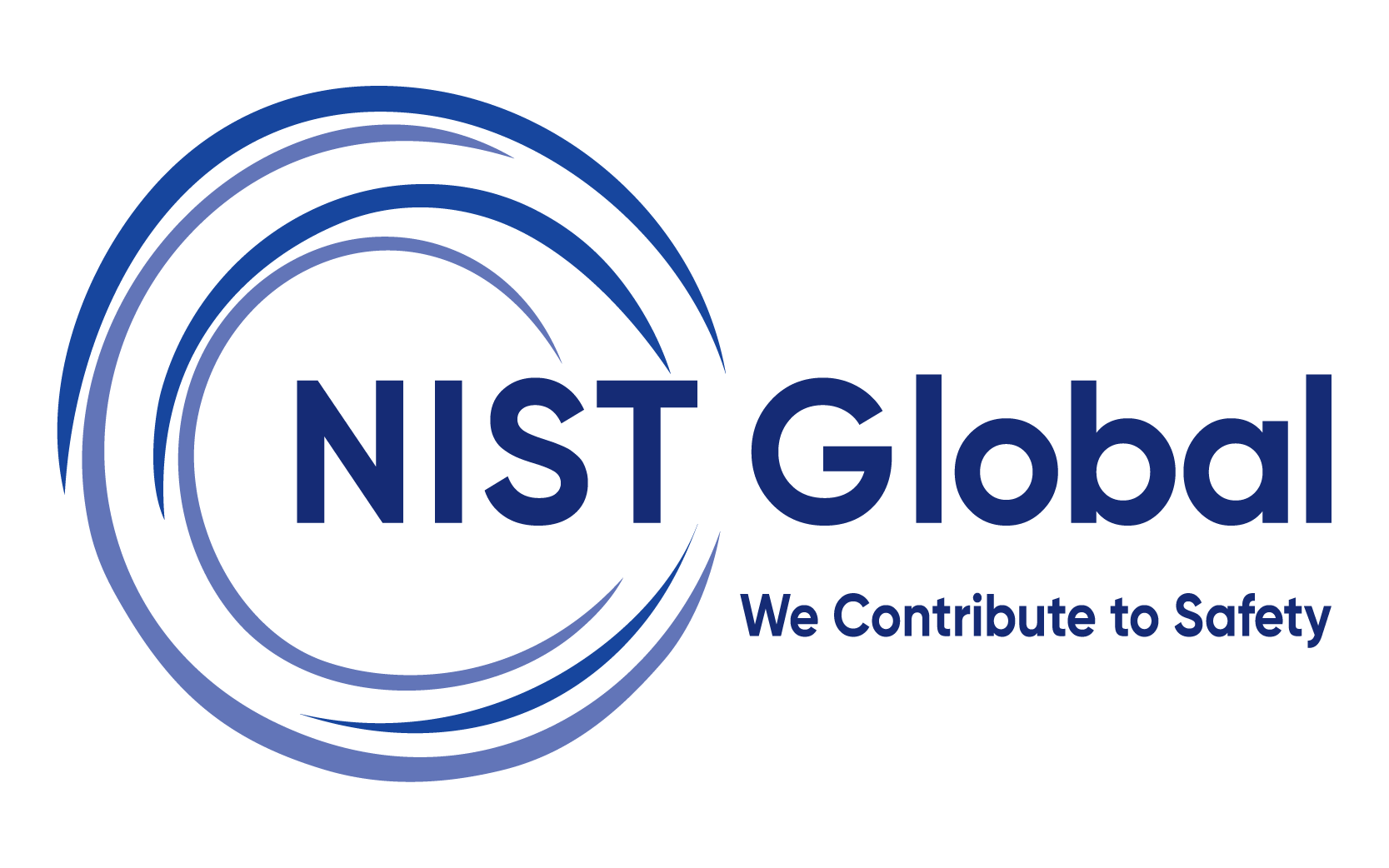Emergency Response Team
An organization may face several types of disasters. Disasters could be both manmade and natural. These disasters may also be termed as emergencies. Amongst manmade disasters could be fires, explosions, release of potentially toxic chemicals, falls from height, confined space incidents, acts of terrorism etc. While natural disasters could include floods, earthquake, tsunami etc. These emergencies if not contained immediately and consequences not mitigated can lead to major loss of life, property and also lead to stoppage of work and subsequent losses.

-
DurationHalf Day / 1 Day/ 2 Days
-
Training ModeOnline / Classroom
-
Learning PartnerNIST
-
Training TopicEmergency Response Team
-
LevelAwarenes / Intermediate / Advanced
-
LanguageEnglish
-
PrerequisitesNone
-
ScopeAwareness - Theory,
Intermediate & Advanced - Theory & Practicals
-
For queries, & Assistance
An organization may face several types of disasters. Disasters could be both manmade and natural. These disasters may also be termed as emergencies. Amongst manmade disasters could be fires, explosions, release of potentially toxic chemicals, falls from height, confined space incidents, acts of terrorism etc. While natural disasters could include floods, earthquake, tsunami etc. These emergencies if not contained immediately and consequences not mitigated can lead to major loss of life, property and also lead to stoppage of work and subsequent losses.
Some examples of emergencies could be such as Uttarakhand Floods in 2013, Bhopal Gas Tragedy in 1984, fire at Kamala mills roof top hotel and Fukushima Daiichi Nuclear Disaster in 2011, which ended up with trail of death and devastation. The need of the hour for any organization is to have a well-prepared emergency response team so that they can reach the spot of hazard or disaster immediately to handle the emergency situation effectively.
NIST provides training in light of the above, outlining effective management of emergency situation and all matters related to undesired incidents. Moreover, it provides operational framework involving hazard prevention, emergency preparedness and response.
Learning Outcome of Emergency Response Team Training
- People-centered preventive approach to disaster risk
- Disaster risk reduction practices
- Design and implementation of policies, plans and standards
- Integration of disaster/hazard risk in management practices
- How to coordinate with other agencies engaged in rescue
- Specialized response for rescue and relief
- Capacity building (technical, financial, functional)
- Improving preparedness and response (before, during, and after disaster)
- Improving technical skills of the responders
- Improve coordination of disaster response
- Quality and availability of emergency management tools
- Raise the expertise level
- Conducting awareness program in the work vicinity and community
- Mock drill to ensure proper coordination
- Effective preparedness and response
Who can take the Emergency Response Team Training?
- Emergency & Communication Controllers
- Fire Marshals/ Traffic Wardens
- Fire Team Leader & Fire Fighting party
- First Aid Team Leader & Stretcher bearers
- Security Staff
Benefits of Emergency Response Team Training
The benefit that accrues through training is that it will build the capacity of responders and improve their preparedness. Moreover, technical skills would improve, which in turn will assist in making better coordination while utilizing disaster management tools effectively. As a result, threat to life and property could be eliminated or minimized, which in turn will uphold the reputation of the organization intact.
